7″ Single 'Pop In'
1989 - Drawing & Print (Drawing & Print)
7 x 7 in.
Martin Kippenberger
7″ Single ‘Pop In’ by Martin Kippenbergher consisting of a vinyl record and a unique artwork drawn by the artist on the record’s sleeve. In the foreground of the album’s cover, a drawing of an empty, round vessel is framed underneath the text “POP IN”, suggesting an invitation to listen to the record, a nod to pop music, or perhaps a literal proposal to enter the vessel or the work. In the background, partly hidden by the round form, Kippenberger’s hand-drawn self portrait glares back at the viewer. Rather than an actual attempt at becoming a musician or to create music, this work presents a means to play and experiment within an expanded set of conditions: an opportunity to perform a different self, a musician, a drummer, a punk. 7″ Single ‘Pop In’ joins the flood of ephemera—books, catalogues, posters, invitation cards—that sprang from Kippenberger’s notion of ubiquity via artistic engagement, while at the same time revealing the kinship and affinity Kippenberger felt with the punk music enfants terribles of the time.
Martin Kippenberger is widely regarded as one of the most talented German artists of his generation. Although he was incredibly prolific in a diverse range of media—drawings, collage, sculpture, performance, painting, photography, installations, prints, ephemera.—his best-known works are paintings, many of them self-portraits. Kippenberger was a very polarizing figure, known by many for being a provocateur and for making politically charged work as artworld commentary. Often taking on different art historical tropes, his work tested the boundaries of authorship and originality. He was known to hire others to paint for him under a pseudonym, or use work by other artists to create new work. Examples include restaging a photograph of Pablo Picasso; turning a monochrome by Gerard Richter into a coffee table; and claiming an installation of his as the last chapter of an unfinished novel by Franz Kafka. One of his key concerns was to try to understand the artist’s place in the modern world, and how their essence and personality can become apparent in the objects that they create.
Colors:
Related works of genres: » contemporary artist, » conceptual artist, » german contemporary artists, » 1953–1997, » installation artist, » artist's book, » relational art
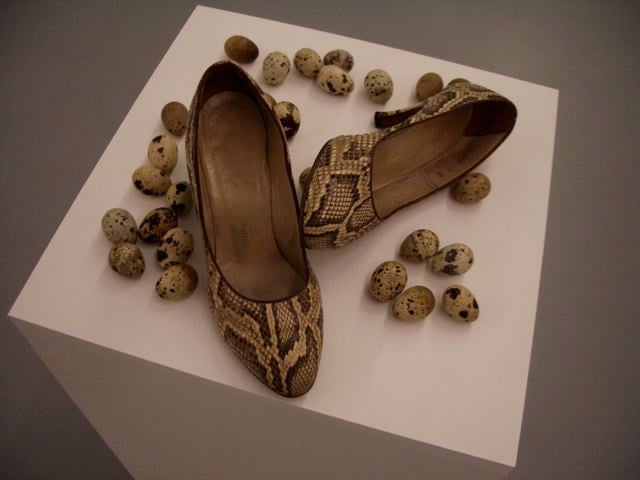
© » KADIST
Hans-Peter Feldmann
The types of objects Feldmann is interested in collecting into serial photographic grids or artist’s books are often also found in three dimensional installations...
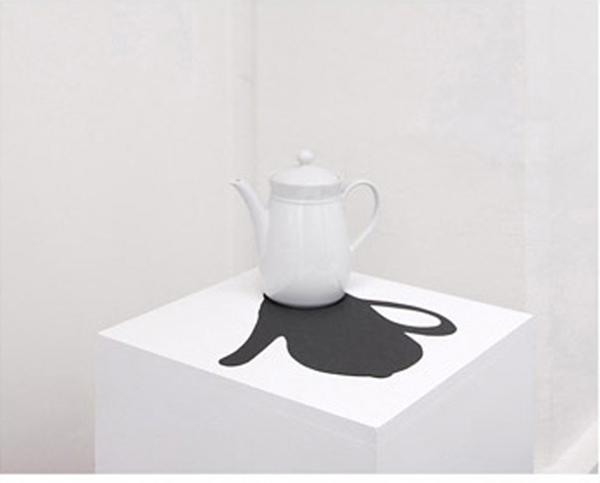
© » KADIST
Hans-Peter Feldmann
The types of objects Feldmann is interested in collecting into serial photographic grids or artist’s books are often also found in three dimensional installations...

© » KADIST
Keith Tyson
The work of Keith Tyson is concerned with an interest in generative systems, and embraces the complexity and interconnectedness of existence...

© » KADIST
Laure Prouvost
2018Monteverdi Ici – Deeply, Feeling Filling the World by Laure Prouvost is a tapestry that references a video by the artist entitled Monteverdi Ici (2018)...

© » KADIST
Francis Alÿs
2006This series of small drawings is executed with varying materials—pen, ink, colored pencil, charcoal, and masking tape—on architect’s tracing paper...
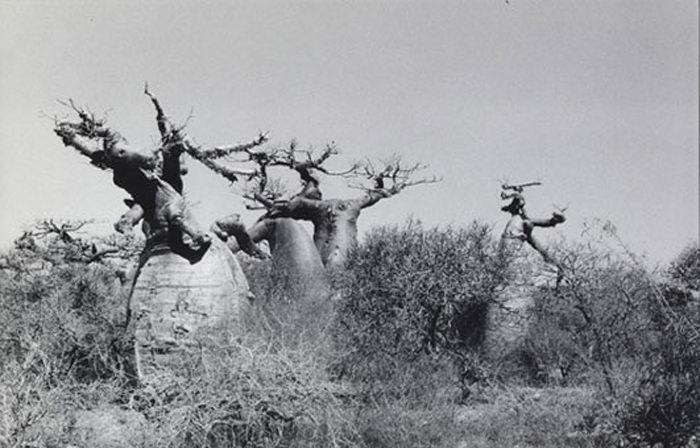
© » KADIST
Tacita Dean
2001The photographic quality of the film Baobab is not only the result of a highly sophisticated use of black and white and light, but also of the way in which each tree is characterized as an individual, creating in the end a series of portraits...

© » KADIST
Ulla von Brandenburg
2007Eight opens with a close up of a painting by Hubert Robert of the Chateau de Chamarande where the film was shot...

© » KADIST
Hank Willis Thomas
2014South Africa Righteous Space by Hank Willis Thomas is concerned with history and identity, with the way race and ‘blackness’ has not only been informed but deliberately shaped and constructed by various forces – first through colonialism and slavery, and more recently through mass media and advertising – and reminds us of the financial and economic stakes that have always been involved in representations of race....

© » KADIST
Raymond Pettibon
2005The five works included in the Kadist Collection are representative of Pettibon’s complex drawings which are much more narrative than comics or cartoon...

© » KADIST
Raymond Pettibon
2000Untitled (Wall Street’s Chosen Few…) is typical of Pettibon’s drawings in which fragments of text and image are united, but yet gaps remain in their signification...

© » KADIST
Gabriel Orozco
1992Gabriel Orozco often documents found situations in the natural or urban landscape...
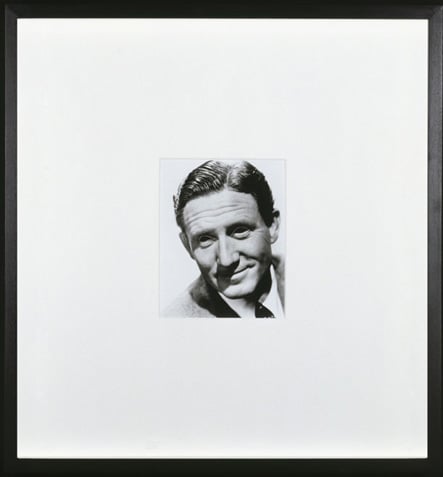
© » KADIST
Douglas Gordon
2002Blind Spencer is part of the series “Blind Stars” including hundreds of works in which the artist cut out the eyes of Hollywood stars, in a symbolically violent manner...

© » KADIST
Hank Willis Thomas
2012Like many of his other sculptural works, the source of I am the Greatest is actually a historical photograph of an identical button pin from the 1960s...
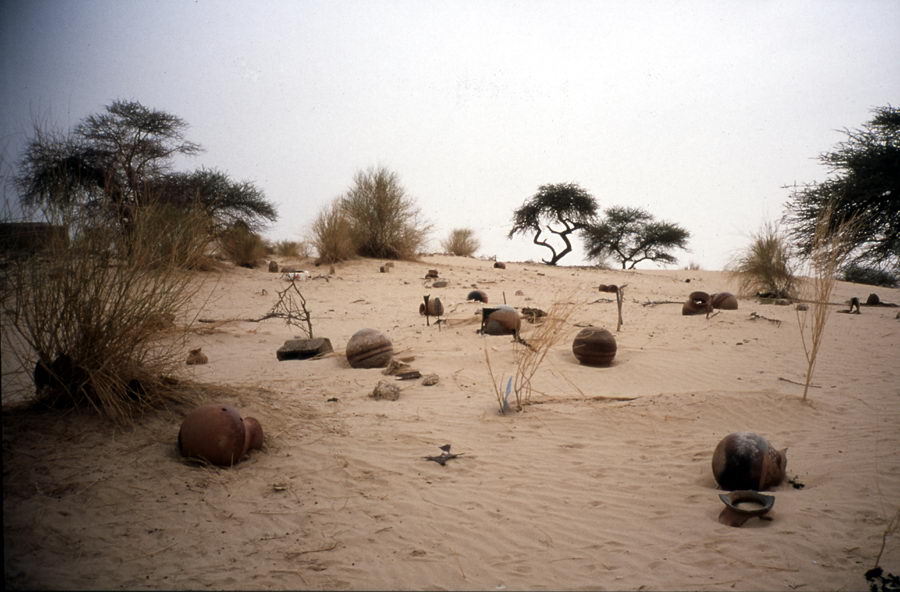
© » KADIST
Gabriel Orozco
2002Gabriel Orozco comments: “In the exhibition [Documenta 11, Kassel, 2002], I tried to connect with the photographs I took in Mali in July...

© » KADIST
Gabriel Orozco
1994Charco portátil congelado (Frozen Portable Puddle, 1994) is a photographic record of an installation of the same name that Gabriel Orozco made at Witte de With Center for Contemporary Art in Rotterdam for the group exhibition WATT (1994)...

© » KADIST
Martin Creed
2003This photograph of Martin Creed himself was used as the invitation card for a fundraising auction of works on paper at Christie’s South Kensington in support of Camden Arts Centre’s first year in a refurbished building in 2005...




